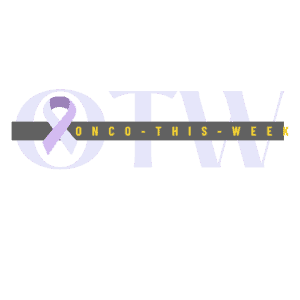Development plans of NY-500, an AI-Optimized PD-1 x VEGF Bifunctional Antibody, announced in multiple oncology indications

“We are excited to add a novel, AI-optimized PD-1 x VEGF therapeutic candidate to our pipeline of best-in-class bifunctional antibodies,” commented NAYA Biosciences President Dr. Daniel Teper. “NAYA’s bifunctional format has demonstrated the ability for synergistic dual-targeting activity, resulting in the potential to unlock clinical response in solid tumors. NY-500, our PD-1 x VEGF antibody, will target hepatocellular carcinoma (HCC) and other solid tumors with high unmet medical needs. Recent clinical data with ivonescimab, the most advanced PD-1 x VEGF antibody, has shown superiority in non-small-cell lung cancer (NSCLC) compared to Keytruda®, the leading first-line immunotherapy standard-of-care in multiple solid tumors, paving the way for a new generation of PD-(L)1 therapeutic candidates.”
Share:
More News
PharmaMar has submitted a Marketing Authorization Application to the European Medicines Agency for Zepzelca® (lurbinectedin) in combination with atezolizumab (Tecentriq®) for the maintenance treatment of adult patients with extensive-stage small cell lung cancer, whose disease has not progressed after first-line induction therapy with atezolizumab, carboplatin and etoposide. The MAA submission
“At SR One, our mission is to invest in companies that we believe have the ability to innovate and advance transformational new therapies in areas of high unmet medical need,” said Simeon George, M.D., Chief Executive Officer and Managing Partner at SR One. “Fore Bio is focused on resetting the
The study demonstrated a statistically significant and clinically meaningful improvement in the primary endpoint of TACE-progression-free survival (TACE PFS*), and the other primary endpoint of overall survival (OS) is immature at the prespecified first interim analysis. Meanwhile, a clinically meaningful PFS by RECIST v1.1** was also observed. Detailed findings from
“The positive CHMP recommendation for the Itovebi-based regimen represents a significant step towards providing people in the EU with PIK3CA-mutated, ER-positive advanced breast cancer with a targeted therapy in the first-line setting,” said Levi Garraway, M.D., Ph.D., Roche’s Chief Medical Officer and Head of Global Product Development. “This recommendation is



